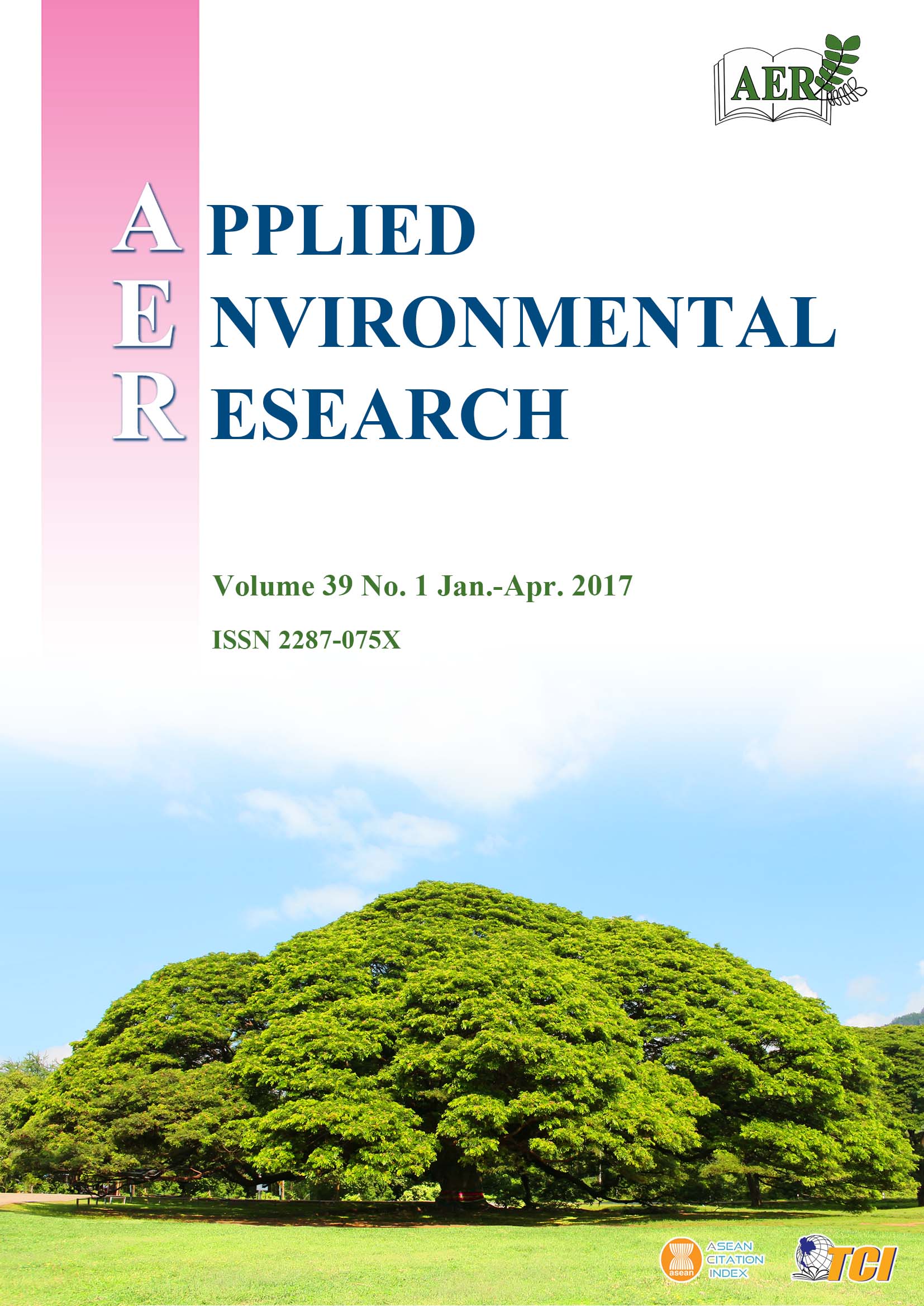Land–Water–Population Model: Developing an Agricultural Resources Management in the Upper Part of Pranburi Watershed
Main Article Content
Abstract
This research proposes the application of the Land-Water-Population (LWPM) concept in the upper part of the Pranburi watershed. The objective of the study is to develop a model for agricultural resources management under the Sufficiency Economy Philosophy (SEP). The methodology is divided into three parts; 1) evaluate the soil quality in agricultural areas, 2) analyze water quality in agricultural land; and 3) assess farmer practice in agricultural resources management using a questionnaire. The study findings point to problems in soil and water conservation, suggesting that in the area should prioritize agricultural management, as advocated under the SEP, which provides guidelines for practicing agriculture under the New Theory on land and water management. Adoption of this model under the SEP will facilitate integrated natural resource management and sustainable agriculture by stakeholder participation at community level.
Article Details

This work is licensed under a Creative Commons Attribution-NonCommercial 4.0 International License.
Published articles are under the copyright of the Applied Environmental Research effective when the article is accepted for publication thus granting Applied Environmental Research all rights for the work so that both parties may be protected from the consequences of unauthorized use. Partially or totally publication of an article elsewhere is possible only after the consent from the editors.

